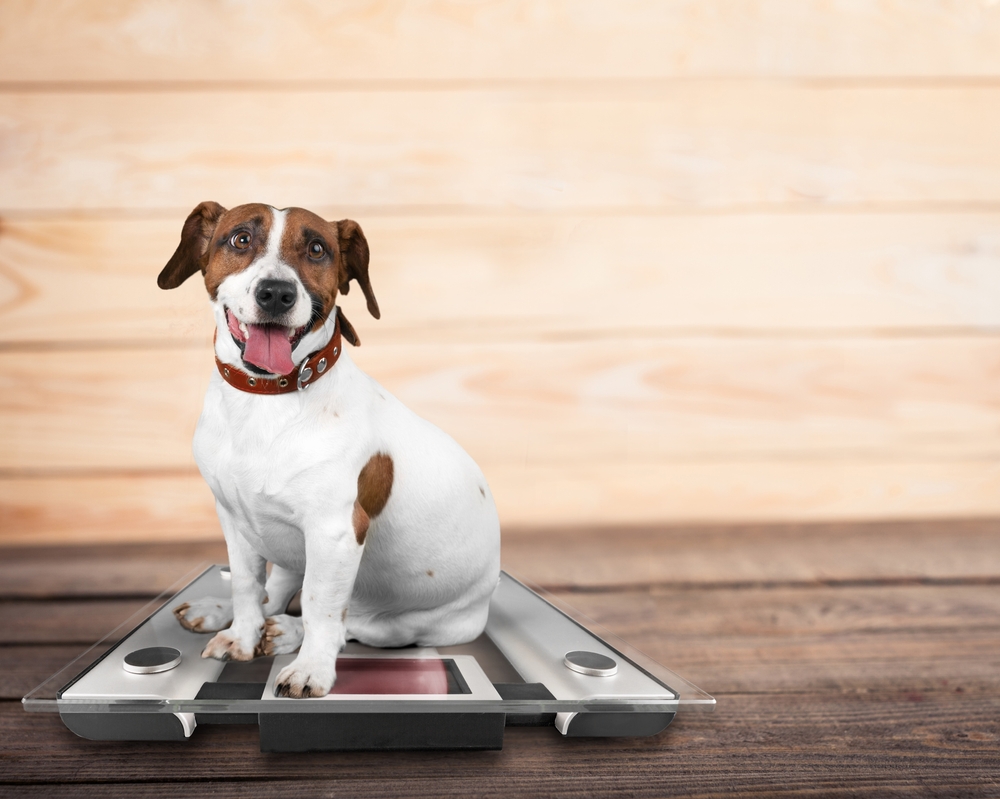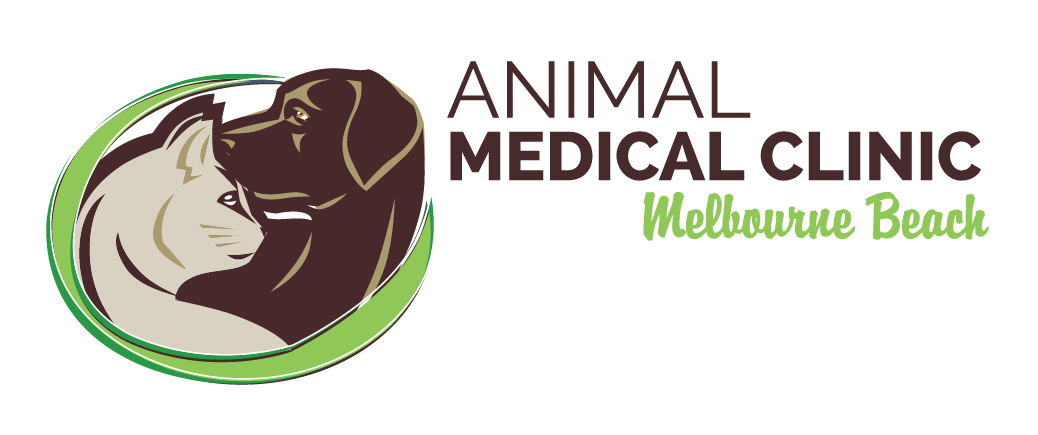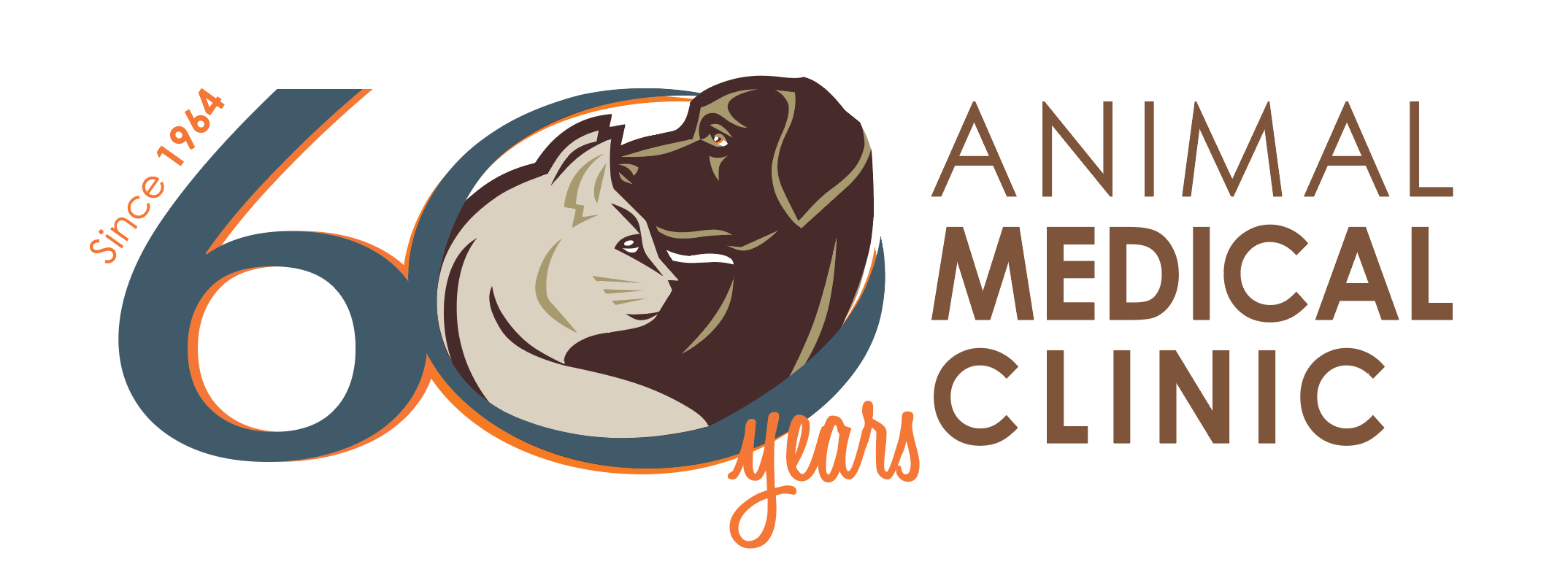Did you know that heart-healthy lifestyle tips for humans apply to pets, too? In light of Healthy Heart Month, we’ve compiled a list of things you and your furry friend can do together to keep your tickers in top shape.
Eat Right.
Just like you, your pet should avoid high-fat, salty foods that can contribute to weight gain, high blood pressure, and high cholesterol—all risk factors for heart disease.
When it comes to your pet's diet, we recommend a premium brand of dry or canned food made by a reputable manufacturer. In addition, consider feeding your pet veggies instead of treats from a box or a bag (a tip that’ll come in handy for you, too!). Alternating veggies of all colors will vary the different types of antioxidants your pet receives.
There are, however, a few foods to avoid. Stay away from the onion family, which includes all kinds of onions, shallots, leeks, and garlic. Grapes and raisins are also off-limits as these can cause toxicity in some pets. Fruit is generally OK, unless your pet is overweight.
Grain-free diets are heavily marketed as being better for your dog, however they have been associated with heart disease. The FDA even issued a warning about grain-free diets. They only have a benefit if your dog is allergic to grains, which is quite rare.
The amount of food you should feed will vary greatly depending upon the caloric density of the specific food that you are feeding. If your pet is overweight, a low-calorie diet might be the best option. It is also very important that you use a measuring cup or scale to accurately determine the portions you feed.
Exercise
For humans and pets, an inactive lifestyle is one of the top risk factors for heart disease. Therefore, regular daily exercise can greatly reduce the risk of heart disease for both of you! Before starting any new exercise routine, however, it is always wise to consult a doctor.
During a routine exam, your veterinarian can rule out any underlying health issues that may be aggravated by exercise. If your pet is not used to activity, you will need to gradually increase the amount of exercise he receives. Begin exercising for 10 minutes multiple times per week and increase the activity until you reach at least 30 minutes daily.
Exercise may consist of walking, jogging, swimming, hiking, playing fetch, or agility training. For cats, climbing to a lofty perch or batting around a feather toy, laser, or battery-operated toy is exercise, too!
Keep in mind that the amount of exercise a pet needs can vary greatly depending on factors like age, breed, weight, and health status. If you are unsure how much exercise your pet needs, it is always best to consult a veterinarian.
Watch the Weight
Overweight dogs and cats are at risk for a variety of health problems, including heart disease. Just as in humans, excess weight makes the heart work harder. Weight loss, on the other hand, will help  improve cardiovascular function.
improve cardiovascular function.
In order for a pet to lose weight, any underlying medical conditions must be treated or ruled out by your veterinarian. If there are no underlying problems, the key to losing weight goes back to the basics, meaning your pet must utilize more calories than he consumes.
A safe, effective weight-loss program involves three components:
1. Increasing the amount of exercise your pet receives. For example, taking a daily walk.
2. Modifying the way you feed your pet. For example, measuring his food and meal feeding instead of free feeding
3. Restricting the amount of calories your pet consumes. For example, cutting down on snacks, people food, and treats.
Get Regular Checkups
Regular visits to the MD or DVM are a must. By checking your pet annually (or semiannually for pets with chronic medical conditions) your veterinarian can catch potential problems, like a heart murmur, early on. This is especially important because animals tend to hide signs of disease until the illness becomes very advanced.
Have we listened to your pet’s heart lately? Contact us or schedule an appointment today!



